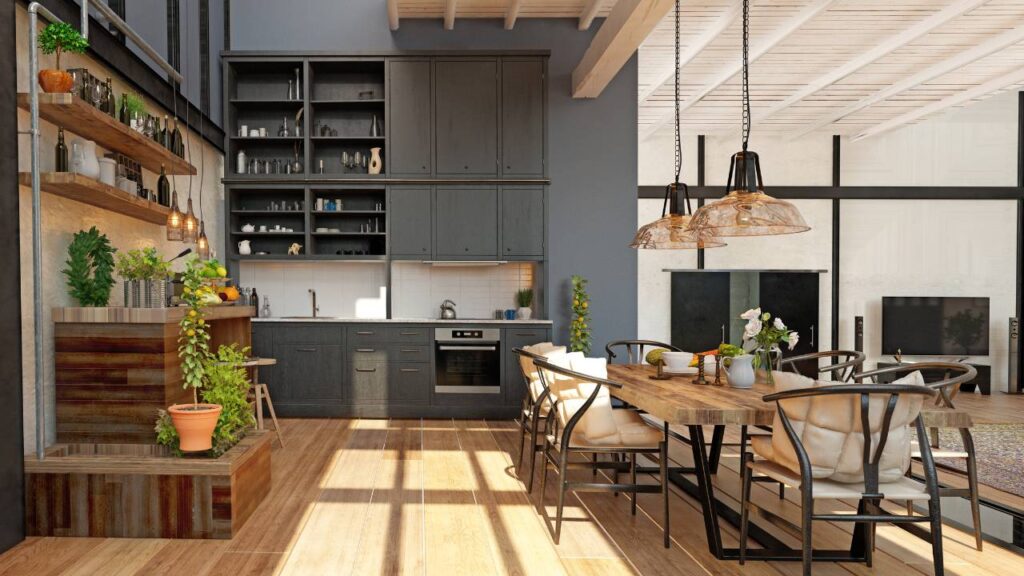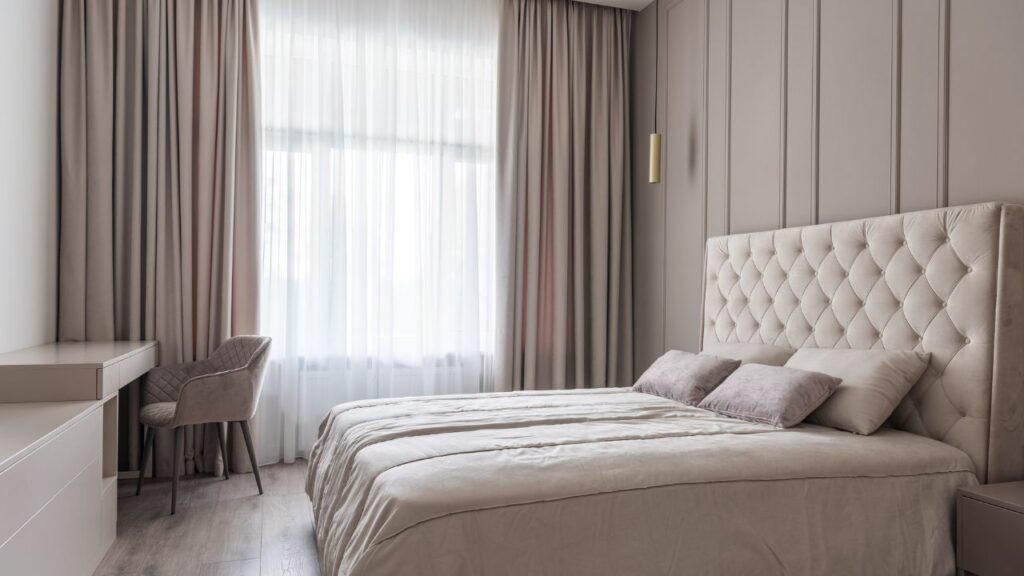
When it comes to interior design, traditional style means comfort, ease, and beauty that lasts. This style of decorating homes, which is known for its clean lines and simple beauty, has stayed popular over the years.
Embracing symmetry, rich colour palettes, and sumptuous furnishings, traditional interior design offers a harmonious and inviting atmosphere. So, this article delves into the key aspects that define traditional house interior design and how to bring this enduring style into modern homes.
The Essence of Traditional Design
Traditional interior design is rooted in classic European sensibilities. It often involves a refined mix of antique pieces and replicas, creating luxurious and comfortable spaces. The furniture in a traditionally styled home typically features ornate and intricate details, such as carved mouldings and fine woodwork.
Colour Palettes in Traditional Interiors
Colour plays a crucial role in traditional interiors. These spaces often use deep, rich colours like burgundy, navy, and forest green, complemented by softer, muted tones like beige, cream, and light blue. Therefore, this combination provides a balanced and cohesive look, making rooms feel warm and inviting.
Importance of Symmetry
Symmetry is a hallmark of traditional design. It provides a sense of order and balance, which is visually pleasing. This can be seen in the placement of furniture, the arrangement of art pieces, and even in the layout of a room. For instance, traditional layouts commonly use matching armchairs on either side of a fireplace or a central coffee table flanked by sofas.

Textiles and Fabrics
Opulent textiles like silk, velvet, and brocade are frequently employed in traditional interior design. These textiles add a layer of luxury and comfort to the space. Upholstery, curtains, and cushions in these fabrics can feature floral patterns, stripes, or plaids, contributing to the classic look.
Decorative Elements
Traditional homes are known for their decorative elements. This includes elaborate light fixtures like chandeliers, detailed mouldings, and woodwork. Artwork often features classic subjects and is displayed in ornate frames. Therefore, decorative items such as vases, mirrors, and books add character and depth to the spaces.
Flooring Choices
In traditional house interiors, flooring is an essential aspect. Hardwood floors are a popular choice, offering a timeless appeal. Area rugs, especially Oriental or Persian rugs, are commonly used to add colour, texture, and warmth to rooms.
Incorporating Modern Elements
While traditional design is rooted in the past, it can beautifully incorporate modern elements. This blend of old and new creates a dynamic and comfortable space. For example, contemporary art can be used to add a surprising and fresh element to a traditionally styled room.
The Role of Lighting
Lighting in traditional interiors is not just functional; it is also a decorative feature. Elegant fixtures, such as wall sconces, table lamps, and floor lamps with silk or parchment shades, are used to create a warm, ambient glow.
Creating a Cohesive Look
To achieve a cohesive traditional house interior design, attention to detail is key. Each element should complement the others, creating a well-coordinated and harmonious space. Therefore, this requires a thoughtful selection of furniture, textiles, and decorative pieces that align with the traditional aesthetic.
Conclusion
To sum up, classic home interior design is all about making rooms look nice and feel good. It takes the elegance and class of classic design elements and adds the comfort of home. It is possible to make a home that looks good and will last for a long time if you understand and use these key points. Even though this style has its roots in the past, it still charms and inspires people, showing that real beauty never goes out of style.

Welcome to MithilaConnect, where we curate the art of living, celebrating the vibrant tapestry of life through culture, fashion, food, and everything in between.
